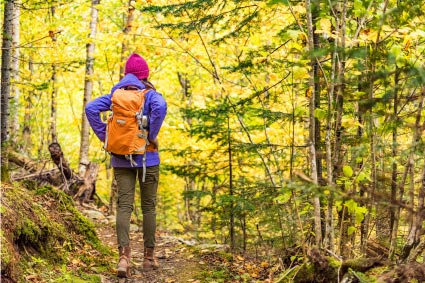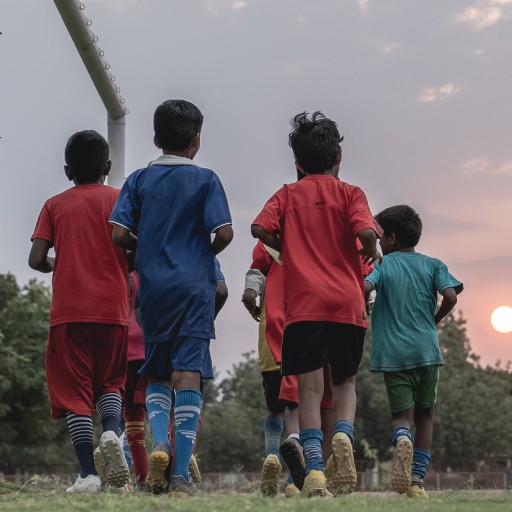 Trekking or walking long stretches through the woods, or hill slopes is certainly good for health.
Trekking or walking long stretches through the woods, or hill slopes is certainly good for health.
People generally go on nature trails on popular mountain peaks from Kalsubai Shikhar, Lohagarh, Rajmachi, Ramanagara, Nandi Hills, Nagalapuram, Gingee Fort, Roopkund and Bhadraj Hill.
Trekking, hiking and mountaineering has several health benefits. All these activities if done with the right gear, improve your blood pressure and sugar levels. This also keeps your weight in check and enhances the strength of your quadriceps, hamstrings, hip and lower leg muscles.
If you are planning a two-day trek to any one of the nearby mountain tops, closer to the city then here are a few tips on how you can prepare.
8 Trekking Tips For Beginners
1. Carry a Hiking Backpack
Buy a comfortable and durable hiking backpack to carry your food supplies and first-aid kit. Carry first-aid kit items such as band-aids, medical tape, antibacterial cream in a reusable zip lock bag. Do not miss carrying a torch, rain gear, knife or multi-purpose tool, sun screen, sun glasses, trash bag, whistle, and lots of water, and climbing ropes with different type of knots. Remember if you forget to carry water while on trek, you could suffer from altitude sickness and hypothermia.
2. Sleeping Bag is a Must!
An overnight trekking trip certainly means that you would be sleeping outside, or on the top of a mountain or closer to the peak. Hence you will need a sleeping bag to sleep as resting your back on the hard ground can disturb your sleep.
3. Don’t Forget the Tent
Carry a tent in case the weather is unpredictable and gets stormy or snowy depending on the landscape you are traversing. Therefore if you are trekking a mountain anywhere in the central part of India or either of the Western or Eastern ghats, or up north in the Himalayas, you need to carry tent to keep yourself safe from the rough weather outside.
4. Pepper Spray for Self-defense
Safety is of utmost importance irrespective of which place you are in. Be it the cold snowy mountains or a forest clad plain area at the foothills. A pepper spray along with your multi-purpose tool kit is useful from a defence standpoint.
5. Rigorous Training
Trekking is similar to a marathon and should be done after one has undergone adequate amount of training. You should start your training a month before the actual day when you have to start with your trek. Find vast patches of land where you can brisk walk, run on walkways and have ample of space to skip. Whilst you’re training, do not forget to drink water. As less water intake could lead to dehydration and fatigue.
6. Spare Clothing is no Harm
An extra pair of bottom wear, top wear, socks, inner wear and a jacket will come handy if you happen to spoil your clothes due to weather conditions.
7. Trekking Shoes for the Climb
Purchase trekking boots that are durable and comfortable and which can be worn on any type of terrain be it hilly, marshy or a forest area.
8. Cooking Equipment for Food
Cooking equipment to carry on your treks should consist of a camping stove, a match box to take care of your hunger pangs.
For greater physical and mental strength and agility, do yoga every single day. Yoga increases muscle strength, tone, and flexibility. It tones your body and improves athletic performance too.





 1800-270-7000
1800-270-7000






